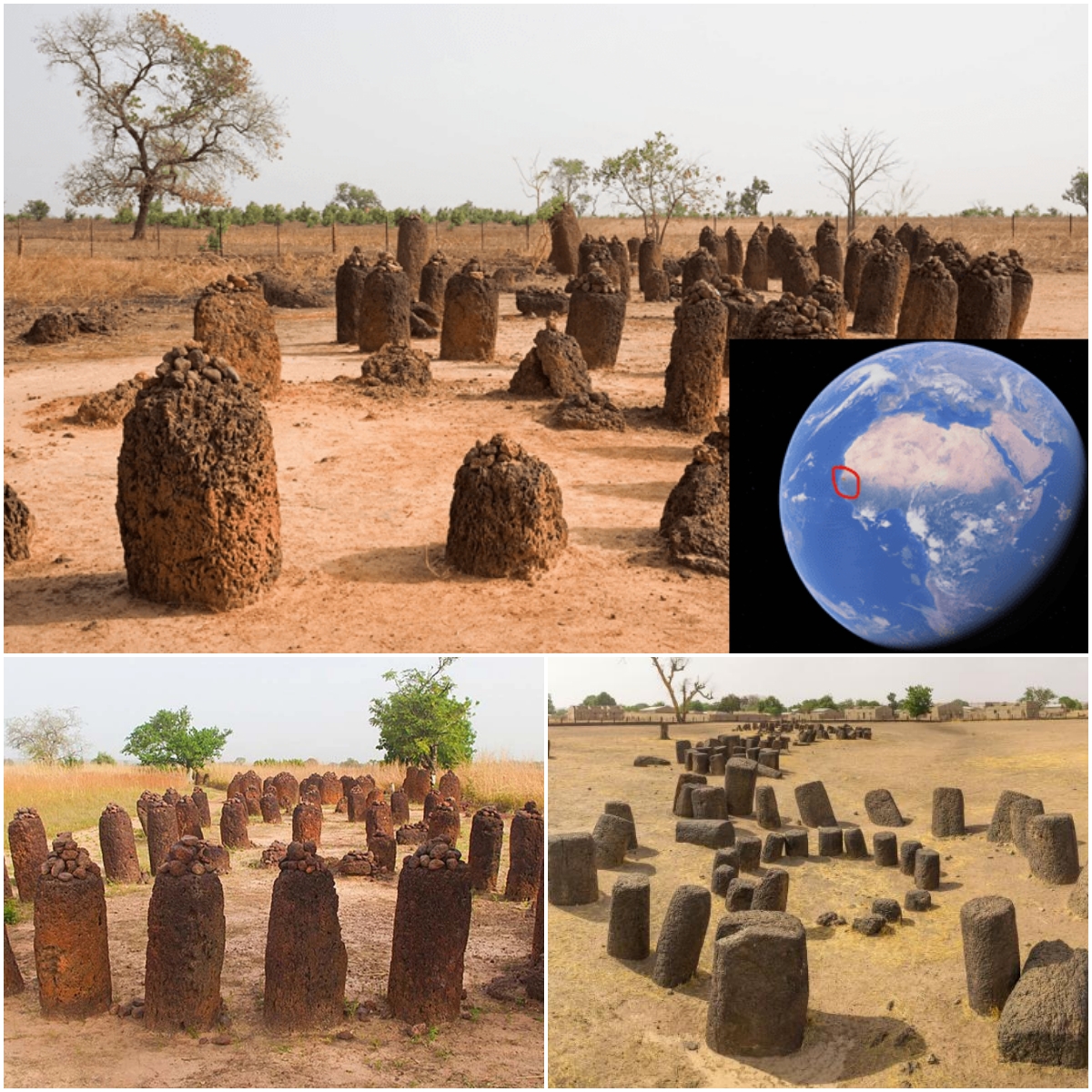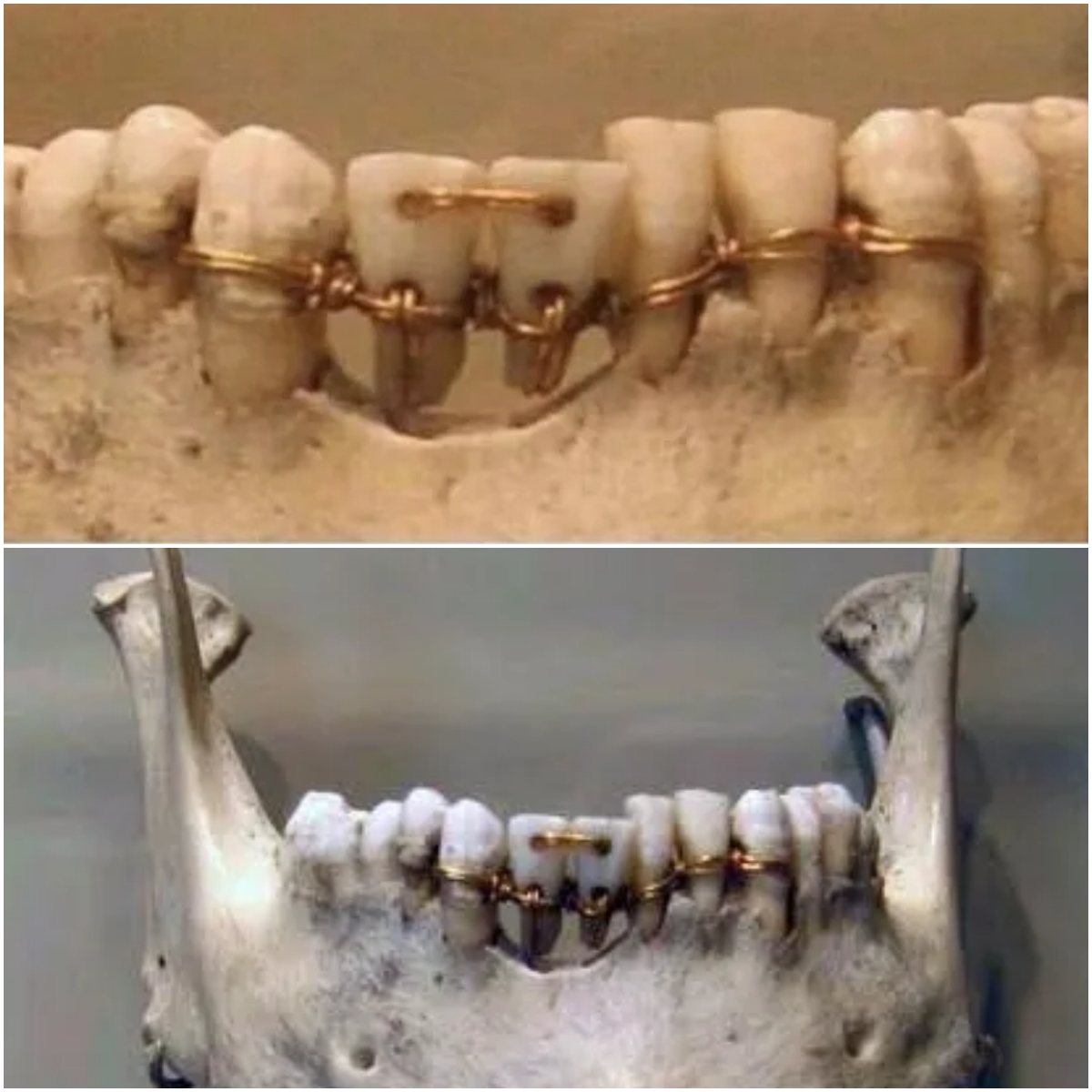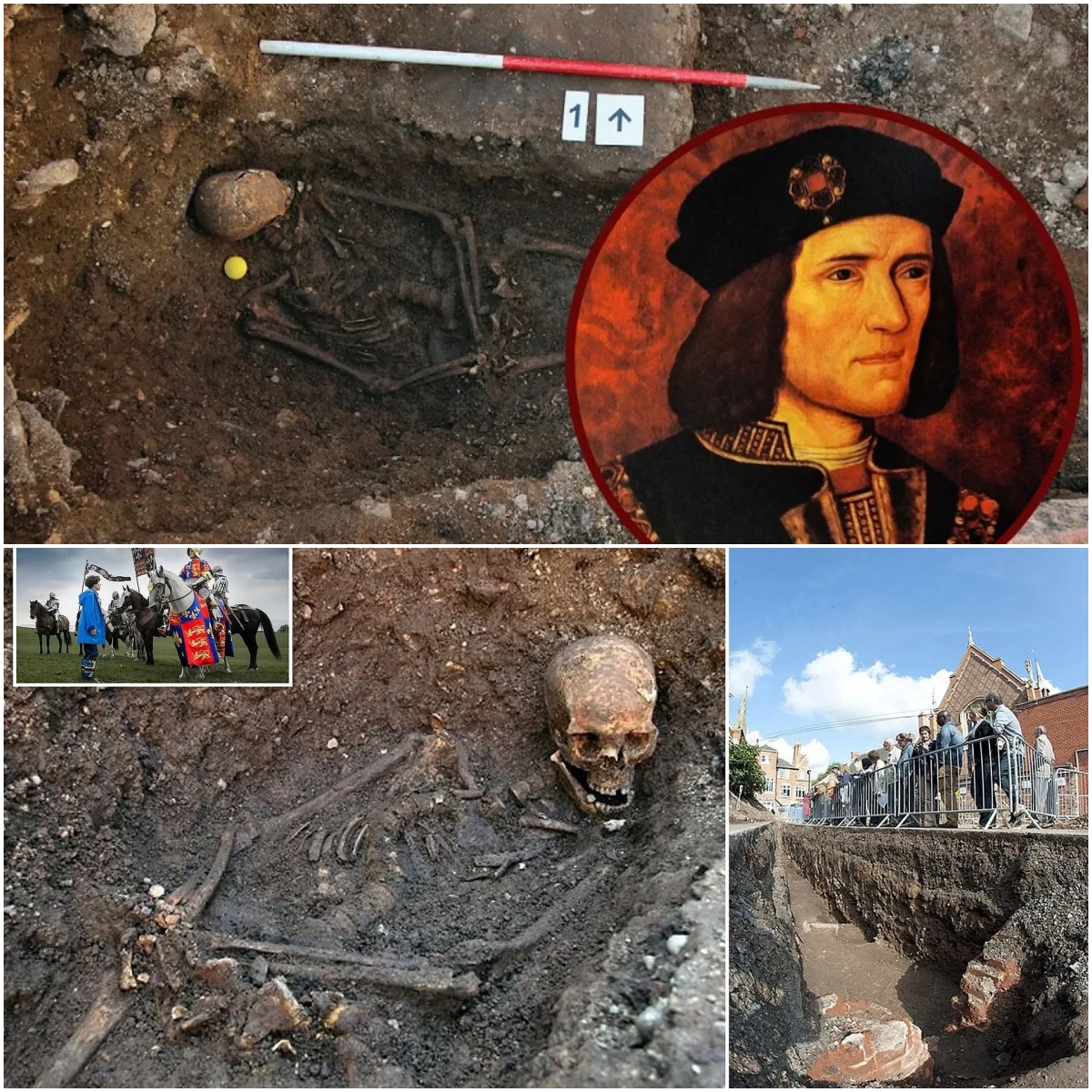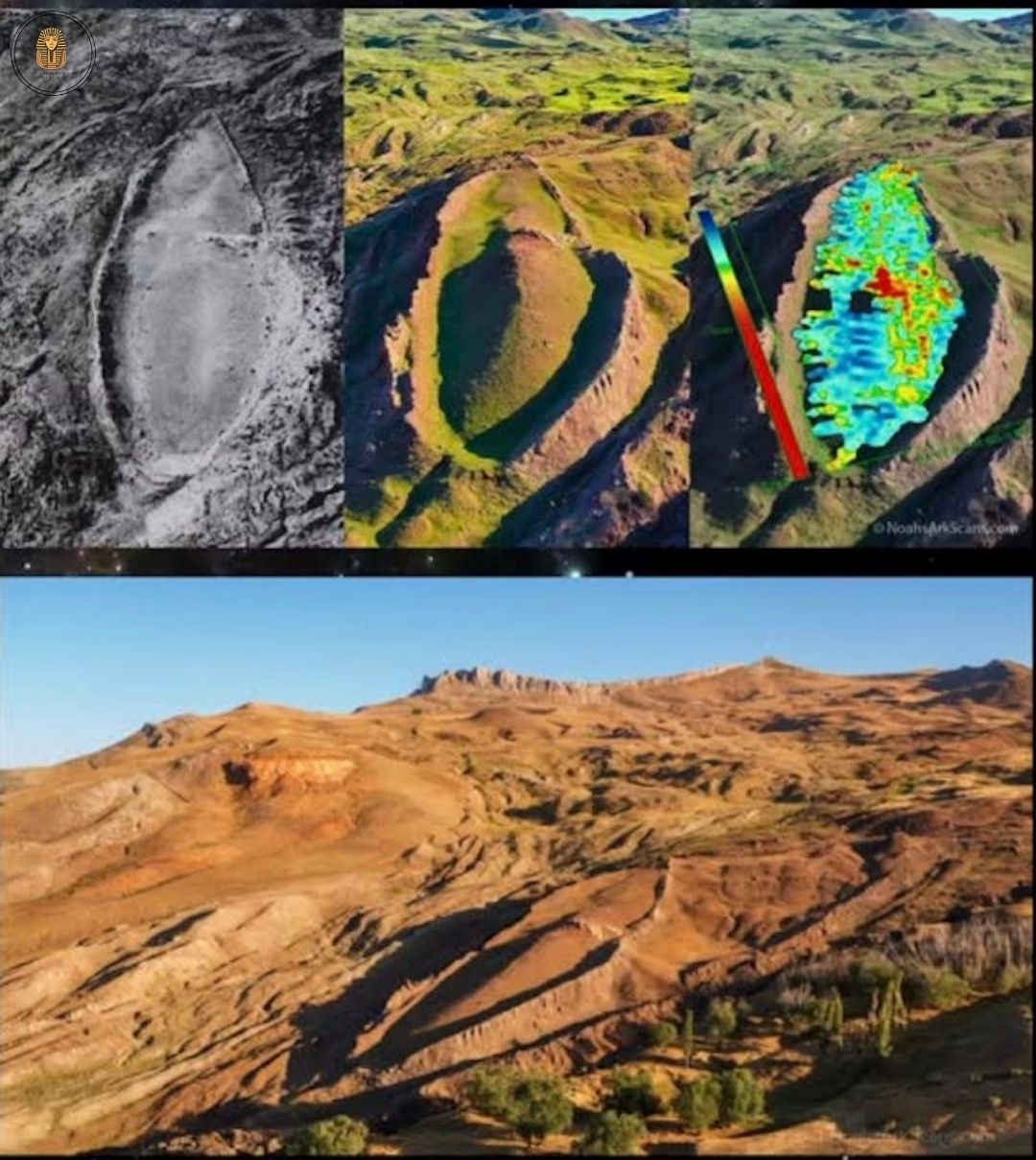Herculaneum’s ‘Lady with the Ring’ Speaks from the Ashes: 2,000-Year-Old Roman Woman Revealed With Her Precious Gold Still On—Shocking Time Capsule Unveiled!
The enigmatic “lady with the ring” of Herculaneum: the last moments of a Roman woman preserved in time
In the ancient city of Herculaneum, an extraordinary discovery has captured the imagination of historians and archaeologists alike. The “Lady with the Ring,” as she is now known, was a Roman woman of about 45 years of age who perished near the ancient coast during the catastrophic eruption of Mount Vesuvius in 79 AD. Her final moments, preserved beneath layers of volcanic ash, offer a poignant glimpse of a life frozen in time.
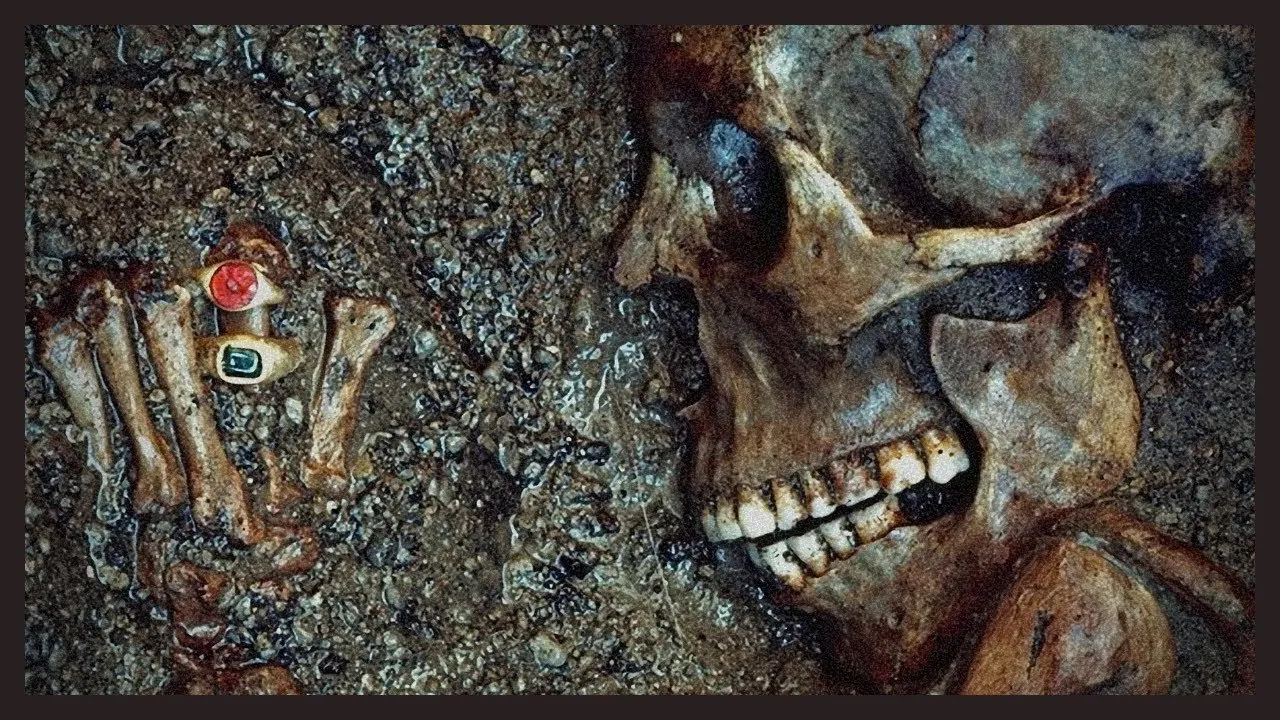
Unearthed among the ruins, the “Lady with the Ring” was found surrounded by an exquisite collection of gold jewellery. Among the treasures discovered were two gold rings that remained on her left hand, a testament to her wealth and status. These artefacts not only provide an insight into Roman craftsmanship, but also highlight the personal and cultural importance of adornment in Roman society. The presence of such jewellery suggests that she was of high social standing or had significant wealth, and the way in which they were preserved offers a rare snapshot of the luxury and craftsmanship of the period.
Herculaneum, located in what is now the modern commune of Ercolano in Italy, was a prosperous and bustling city of the Roman Empire. Like its neighbor Pompeii, it was buried under a blanket of volcanic ash and pumice during the eruption of Mount Vesuvius. This sudden and catastrophic event, while devastating, inadvertently served as a time capsule that preserved the city in a state of near-complete preservation. The thick layer of ash that covered Herculaneum played a crucial role in protecting it from looting, natural erosion, and the ravages of time.
Although Herculaneum is less famous than Pompeii today, it holds a special place in the annals of archaeology. It was the first of the cities buried by Vesuvius to be discovered and explored, offering researchers invaluable insight into Roman life. For many years, it was the only known city buried by Vesuvius, making its discoveries particularly important.
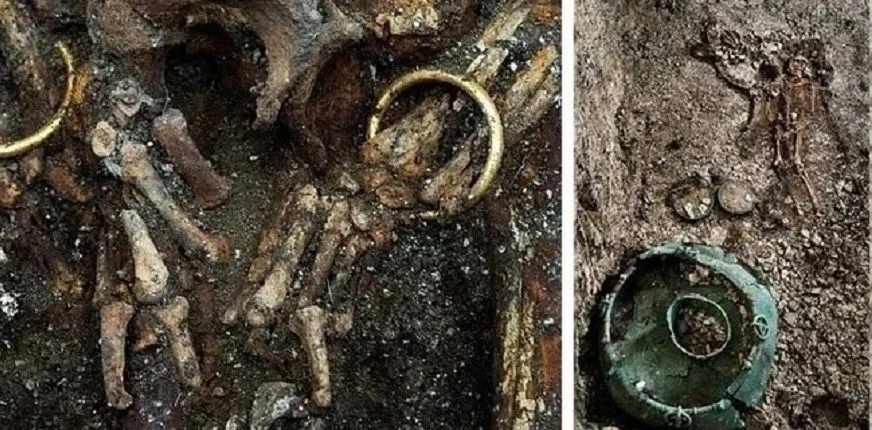
The story of the “Lady with the Ring” adds a deeply personal dimension to the broader historical narrative of Herculaneum. Her preserved remains and the jewellery found with her provide a vivid connection to the past, allowing us to glimpse not only the grandeur of Roman society, but also the individual experiences of its people. This discovery underlines the extraordinary preservation of Herculaneum and continues to capture the imagination of those interested in the lives and stories of ancient civilisations.


